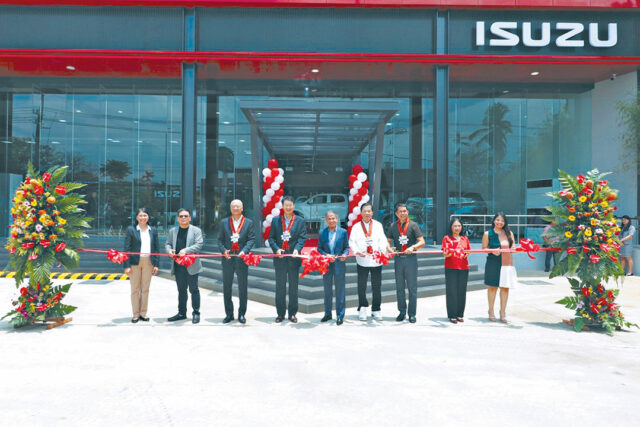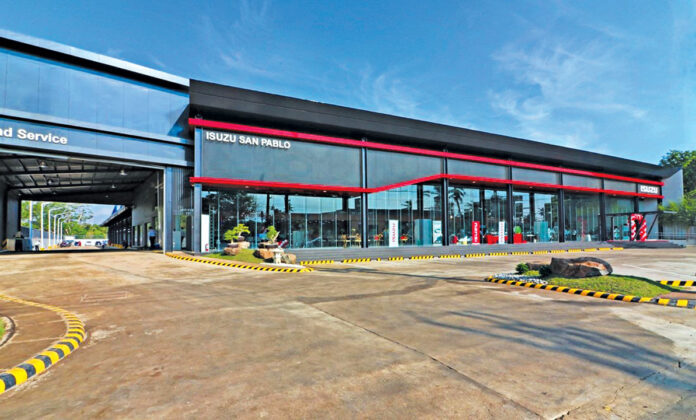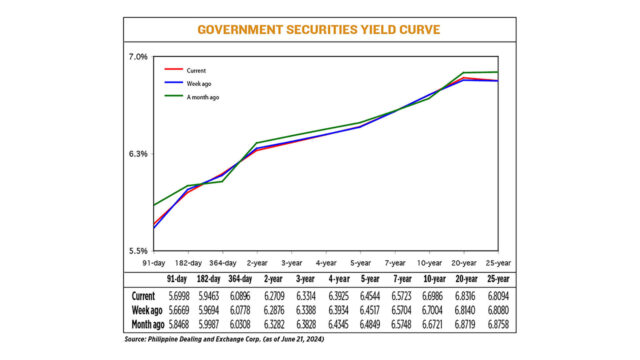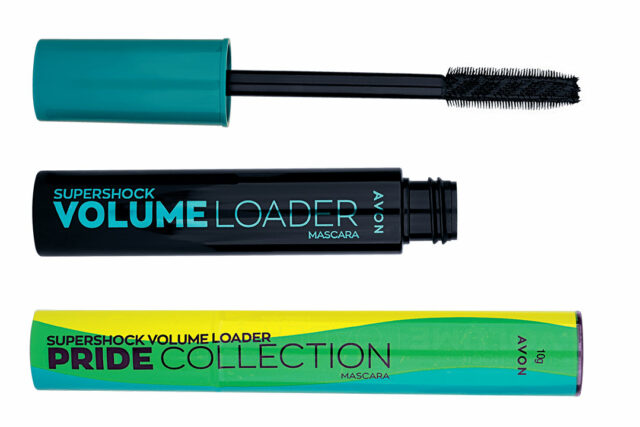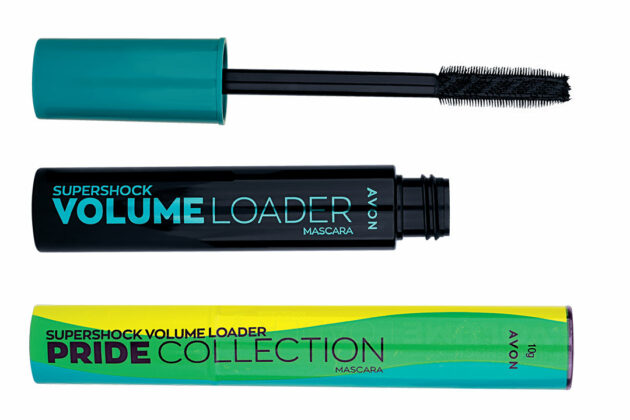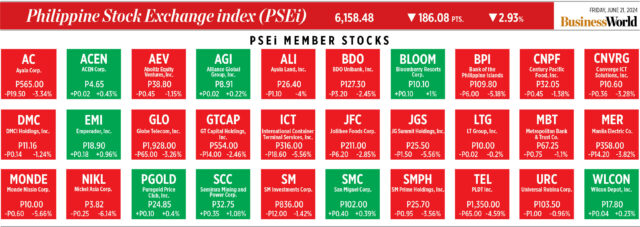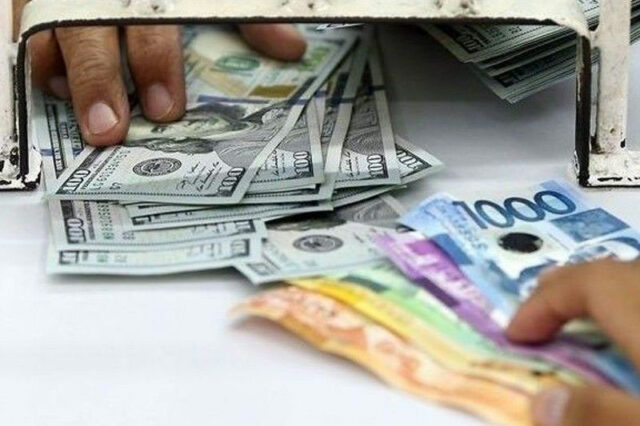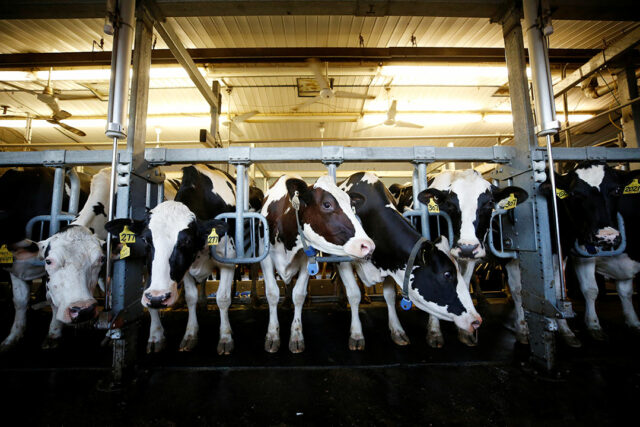Top 5 in National Costume chosen at Bb. Pilipinas
THE BINIBINING Pilipinas pageant released its top five picks for its National Costume category after a fashion show at Quezon City’s New Frontier theater on June 11. The fashion show also served as the pageant’s preliminary round, where the candidates walked the runway in evening gowns.
The pageant’s winner will be sent to the Miss International and Miss Globe international pageants.
Binibining Pilipinas Charities, Inc., which operates the pageant, was founded by the world’s first Miss International Stella Marquez Araneta, the spouse of Araneta Group chair Jorge Araneta.
The top five candidates for the National Costume category — which gives them a boost in points for the Grand Coronation Night on July 7 at the Araneta Coliseum — are Myrea Caccam from Oriental Mindoro, Joyce Ann Garduque of Quezon Province, Monica Acuno from Laguna, Zianah Famy representing Cavite, and Myrna Esguerra, representing Abra.
The candidates provided their own voiceovers to describe their dresses, making it easier for viewers to understand their costumes.
Ms. Caccam said that her dress, a silver number with flared-out fins on her shoulders, represented Lake Naujan in her hometown, and was designed by Michael Jayzon Dela Cruz. “The skirt is a true work of art, crafted from recycled plastic bottles collected from the coastal area of Naujan. This innovative use of materials not only showcases the commitment to sustainability but also highlights the importance of protecting the environment,” she said.
Meanwhile, Misses Garduque and Acuno, from Quezon Province and Laguna, respectively, appeared back-to-back on the runway, as candidates No. 23 and 24.
Ms. Garduque said that her dress was a celebration of Quezon’s coconut crop, with the base fabric of the dress woven from coconut husks which are usually used to make sacks. The dress was designed by Roy Aquino and featured a headdress made from corn husks. “This is a testament to the creativity and resourcefulness of Quezon Province’s people, showcasing a beautiful blend of tradition and innovation,’ she said.
Meanwhile, Ms. Acuno, who hails from the town of Kalayaan, appeared in a neat and simple traje de mestiza designed by Patrick Isorena, complete with a tapis overskirt and bearing a basket of fruits and vegetables. “Growing up as a daughter of a farmer, I am honored to showcase the enduring legacy of strong Filipina women through my National Costume,” she said.
Ms. Famy of Cavite wore a dress with a bodice made from the traditional woven mat, the banig, designed by Karl Balao. The dress was designed to recall Cavite’s Kawayan Festival, which was why noisy kawayan (bamboo) tassels made up her skirt.
Ms. Esguerra was the last to appear on the runway (as candidate No. 40). Representing Abra, she wore a basket shaped like a terno with panels on the sides of the “skirt” made with indigenous textiles. The dress, designed by Richard Stranz, was meant to represent Dulimaman, a heroine from the tales of the Tinguian people of Abra. As a tribute to another strong woman, she dedicated the dress to her mother, a basket weaver and single mother of 13 children.
“It honors her remarkable journey and the cultural heritage she embodies. Mama, this one’s for you,” she said. — Joseph L. Garcia









